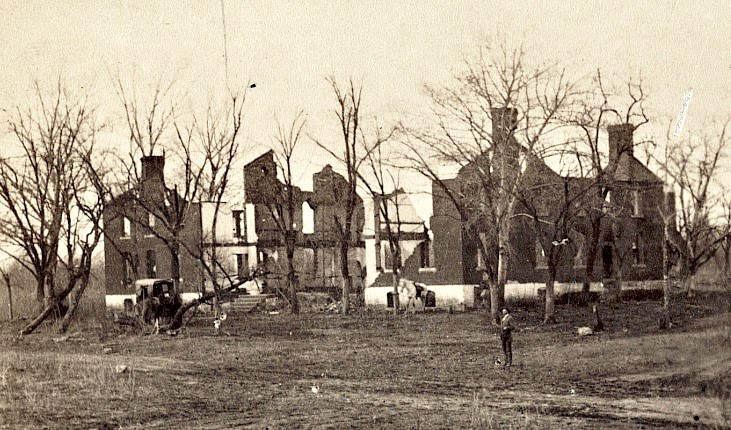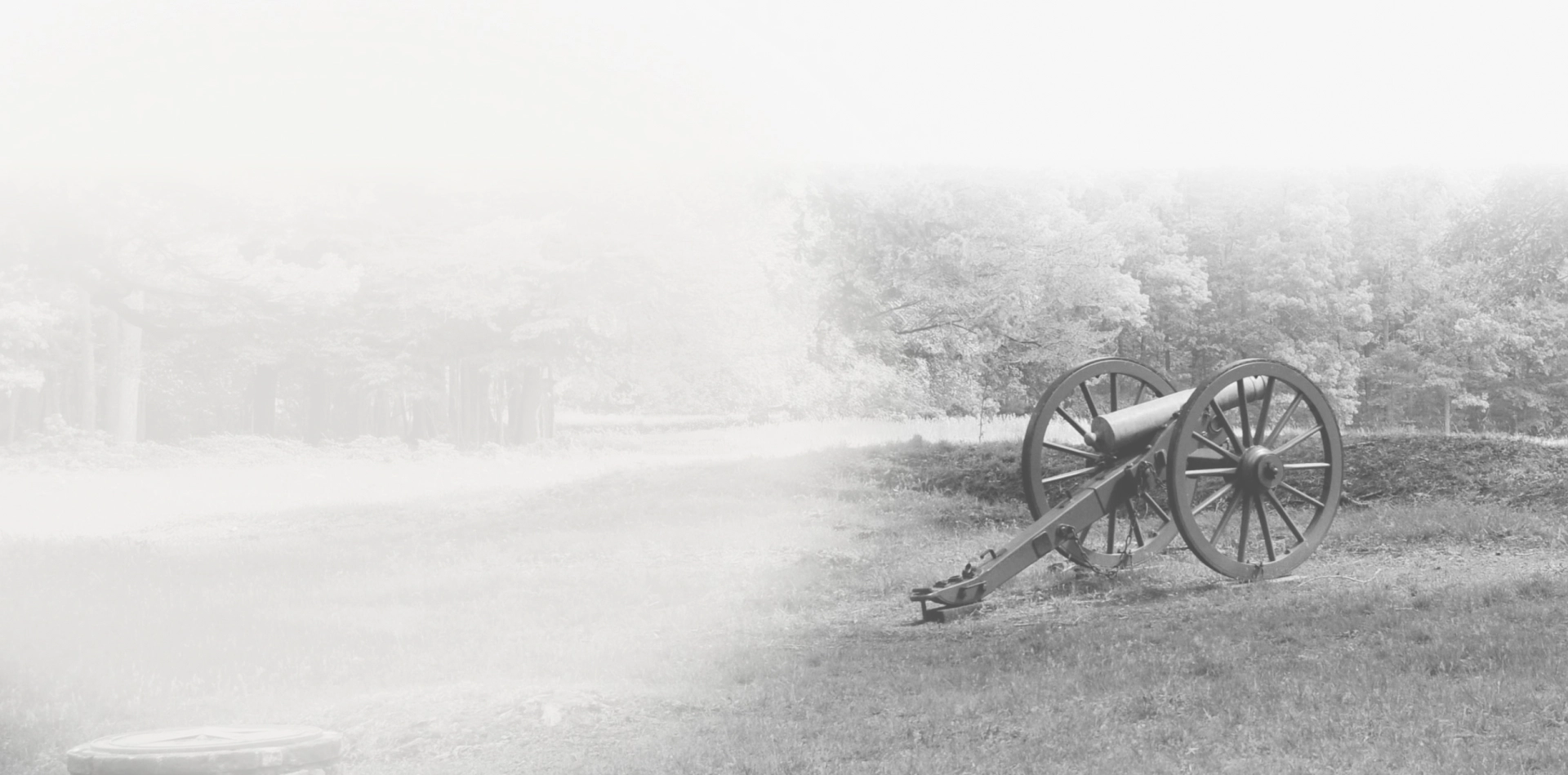

ABOUT CHANCELLORSVILLE
The Chancellorsville campaign, leading to Confederate general “Stonewall” Jackson’s demise, paradoxically referred to as “Lee’s greatest victory,” followed the Battle of Fredericksburg. The Federal setback and subsequent political maneuvering at army headquarters resulted in a change of command within the Army of the Potomac. Major General Joseph Hooker, a 48-year-old Massachusetts native known for his high courage and controversial morals, succeeded Burnside in January. Within weeks, Hooker’s effective administrative skills revitalized the health and morale of his troops, which he proudly described as “the finest army on the planet.”
Subsequently, he planned to move most of his infantry 40 miles upstream to cross the Rappahannock and Rapidan Rivers beyond Confederate defenses, and then advance eastward against Lee’s left flank. Concurrently, the remainder of Hooker’s army would cross the river at Fredericksburg to threaten the Confederate front, forming a two-pronged offensive. “My plans are perfect,” Hooker declared, “and when I start to carry them out may God have mercy on General Lee, for I will have none.”
CHANCELLORSVILLE BATTLEFIELD GROUND SAVED

NEWSLETTER SIGN-UP
Join our community! Sign up for our newsletter to receive exclusive updates, event information, and preservation news directly to your inbox.